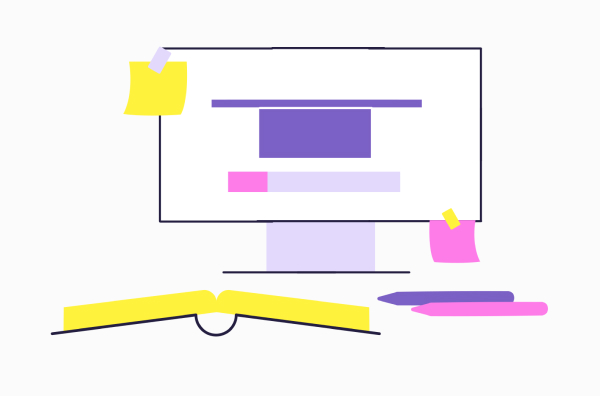These days subscriptions have become one of the most widespread business models for digital services. From streaming services to cloud office software, most of us have at least 5 or more services that we subscribe to every month. However tracking personal subscriptions can get quite difficult. Sometimes consumers forget to renew their subscriptions in time or do not use the app after the trial period but continue paying for it, because they set up auto payment in settings and forgot to disable it.
Subscription based services are not a new revenue model, however they have gained popularity in recent times due to their ease of use. For service creators, this model allows planning their company’s revenue in advance, while it’s users benefit from the fact that the provided service constantly gets new updates and has a convenient payment method.
To solve for the drawbacks of subscription based services, a subscription tracker or subscription management app should be designed. This will be extremely useful for both personal and enterprise subscriptions. Users can use these apps to manage their subscriptions and also optimise their expenses.
A few tools and apps already exist in this niche. Let us look at the top apps in this category and what features they offer.

Subscription Management Software Apps
The popular subscription management software in India are Expedite Commerce, Odoo, and Chargebee amongst others. Their capabilities are somewhat similar to each other but their target audience differs a bit. Some of these are mobile apps focused on consumers, whereas some are solutions designed for large companies that allow them to control and manage their subscriptions.
These tools were designed with the intent to analyze users subscriptions based on their credit card data and bank information. They are able to comb through transactions and pinpoint subscription fees and then finally generate reports that allow users to see the amount of money that they pay for each one as well their total expenditure of subscription apps every month.

Basic features that a subscription management software needs to have
If your team is planning to design its own subscription tracker service, the app needs to have a few minimum features that solve users problems. Here are some features that all subscription trackers have in common. Your app will need to have these features too to be able to compete with other competitors in this niche.

1. Drafting a subscription list
This feature can have several variants. The first involves allowing users to choose their subscriptions from a pre-compiled list and enter the contract details, based on which the subscription tracker will make the calculations by itself.
The second variant implies that the tracker app will automatically scan users transactions and determine their subscriptions. This can be implemented with a few complex machine learning algorithms.

2. Categorization
When you create lists, you can divide expenses into several different categories. A few examples of these categories are – business services, cloud storages, telephone bills etc.
Once users connect their bank accounts to the app, it can load the transaction data that will be categorised on a daily basis depending on a subscription name or repetition of the same transaction.
If you integrate machine learning with the subscription tracker, it can empower the algorithm of categorization so that this feature becomes more accurate. By also applying geo-location features to the app, it will instantly match the transaction to the place of purchasing so that users can add expenses by choosing from a list of companies near their location and indicate where the transaction was made.

3. Monthly Report Feature
This feature is intended to detect any changes in subscription fees to prevent users from spending extra money in case their terms were changed. You can allow your users the opportunity to cancel the subscription or switch to another tariff plan if possible.
4. Subscription Cancellation Feature
This feature should be designed in such a way that it protects users from having to reach out to the support of each individual subscription service if they want to cancel their subscription. They should be able to do it easily in one tap without much hassle. Some subscription management services automatically generate and emails to support informing them about the cancellation.

5. Push Notifications
A subscription management app should notify users via push notifications when it is time to pay their bill. You can also have notifications for changes in terms and conditions and new offers that might be more beneficial to users.

6. Scanning Checks and Editing Costs
If you want to develop a universal solution solving the expense checking issue for users and businesses, you should consider not only subscription monitoring but a high-grade spending section as well. For this purpose, you can allow users to enter the purchase data manually or add the check scanning feature.

7. Security
Any app that has access to a users bank information needs to be fully secure and encrypted so that users feel safe about sharing their private information. Since this is such sensitive data, it needs to be protected.

Conclusion
Any team or organization setting out to create a basic subscription management software needs to keep in find these few basic features. However they need not be restricted by these features only. Everything depends on your budget and set goals. The only rule is to deliver an app that solves certain scope of problems for your target audience.
 Thoughtcast
Thoughtcast Blogs
Blogs
